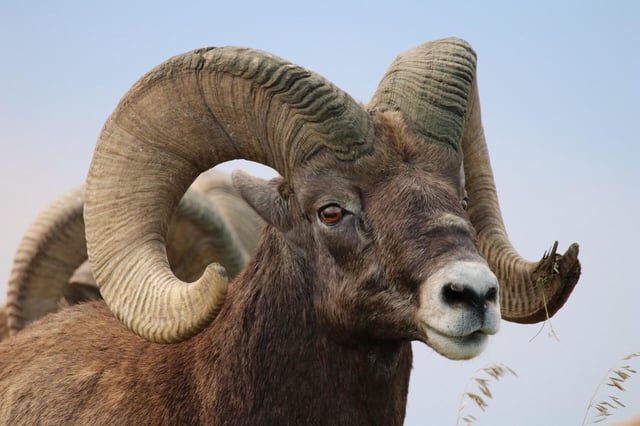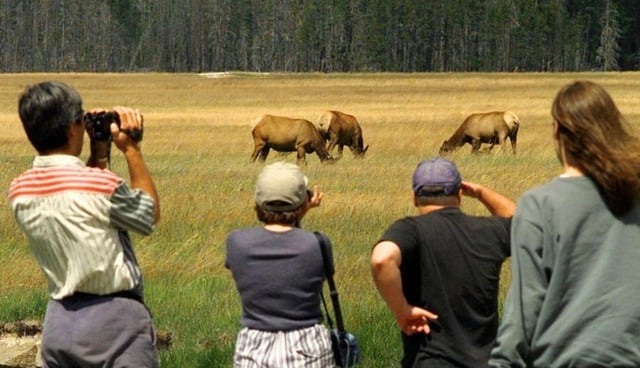Overview
- The study tracked 229 individuals from 10 large-mammal species across 14 U.S. national parks using GPS collars to compare movements before and during a 58-day COVID-19 closure.
- Despite the absence of visitors, most species continued to avoid roads, trails and developed facilities, showing that short-term park shutdowns did not override existing avoidance patterns.
- Animals in highly developed areas, notably black bears in Yosemite Valley, shifted toward exploring human-made zones during closures and remained habituated after parks reopened, creating management issues.
- Species responses varied: bighorn sheep and mountain lions remained wary of built environments, while mule deer and elk in parks like Zion National Park lingered near visitor areas, likely to reduce predator risk.
- Researchers and park managers say the findings prove that low-level recreation can be compatible with conservation but stress the importance of setting aside exclusive wildlife zones to reduce human–wildlife conflicts.

